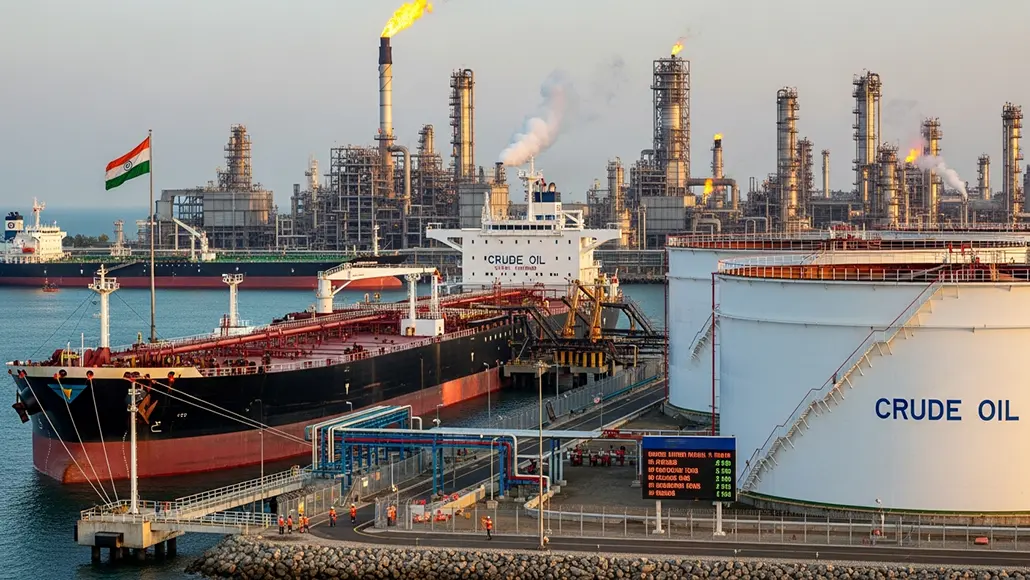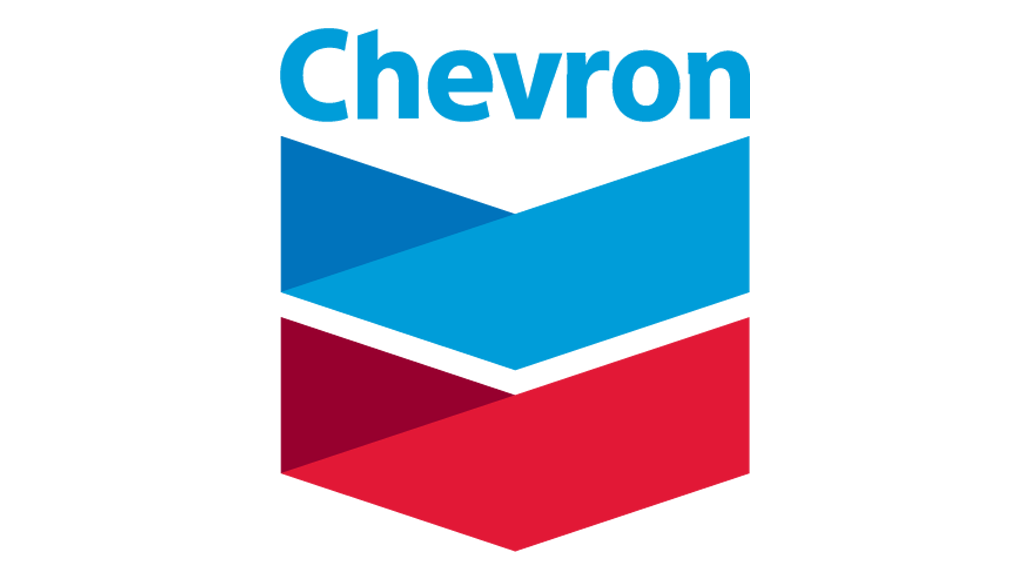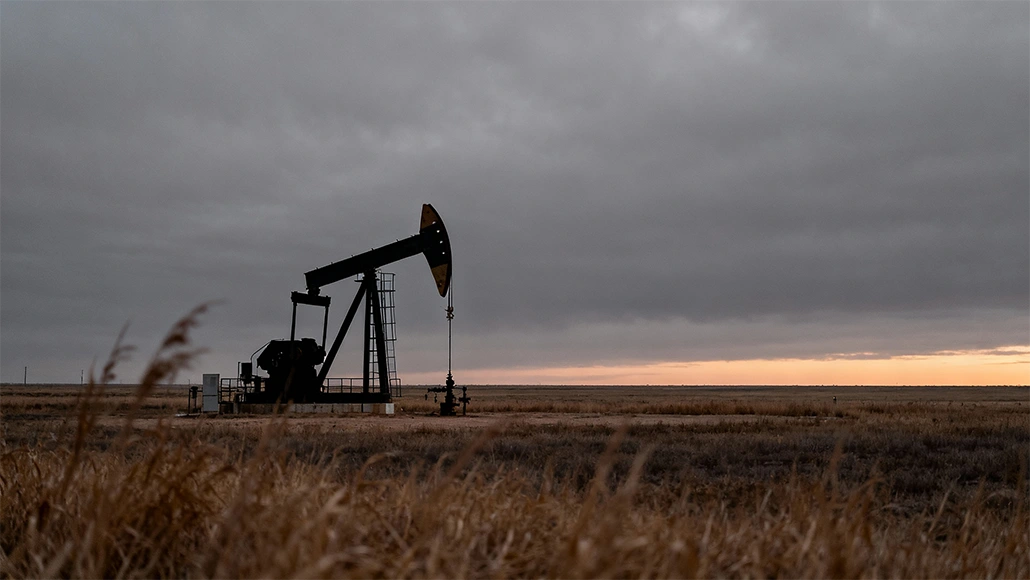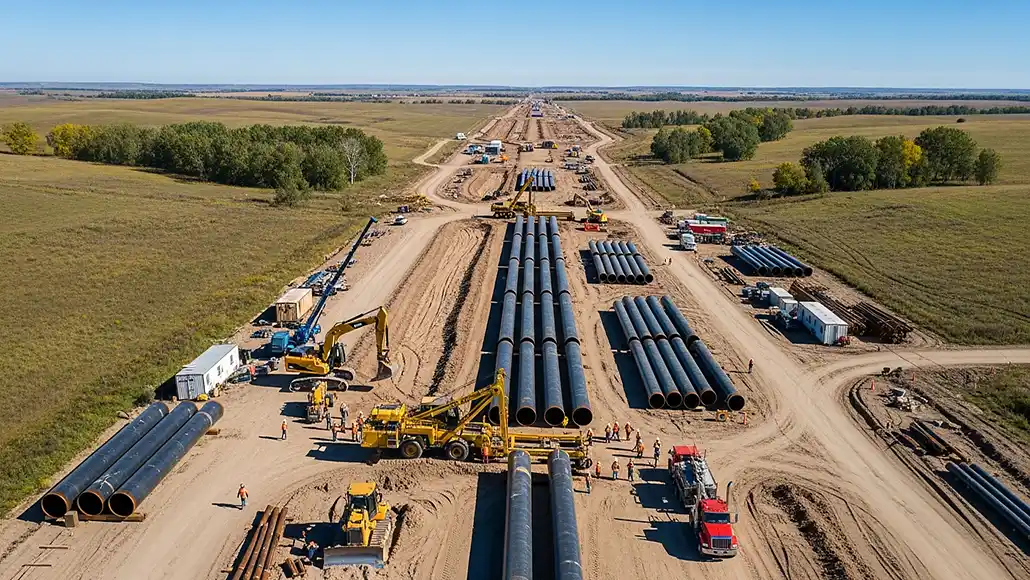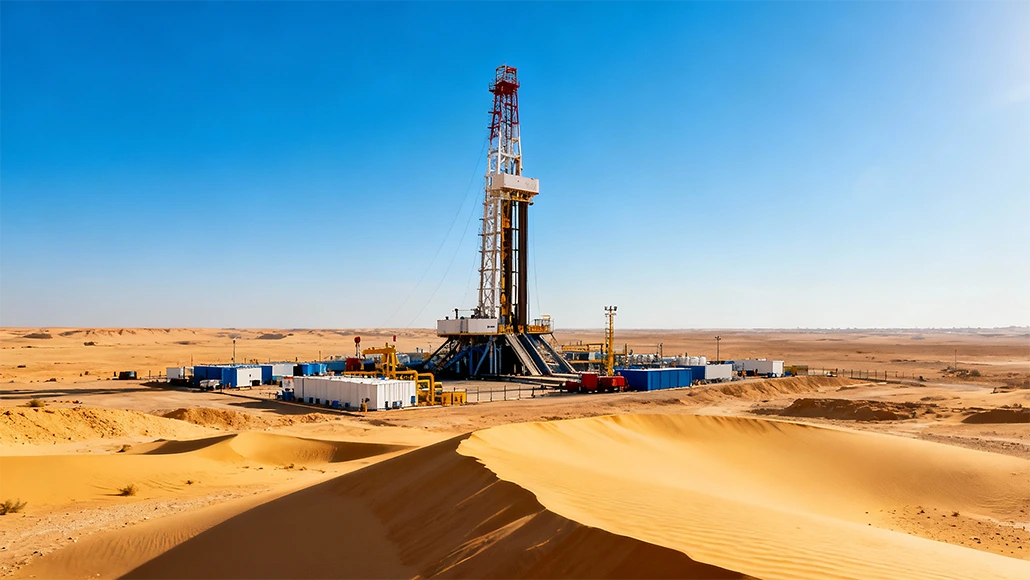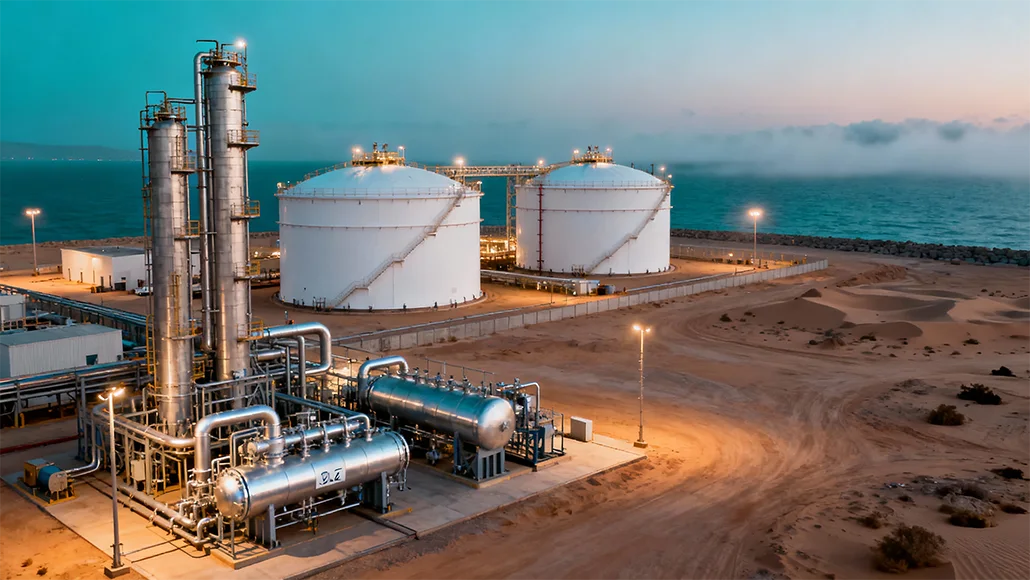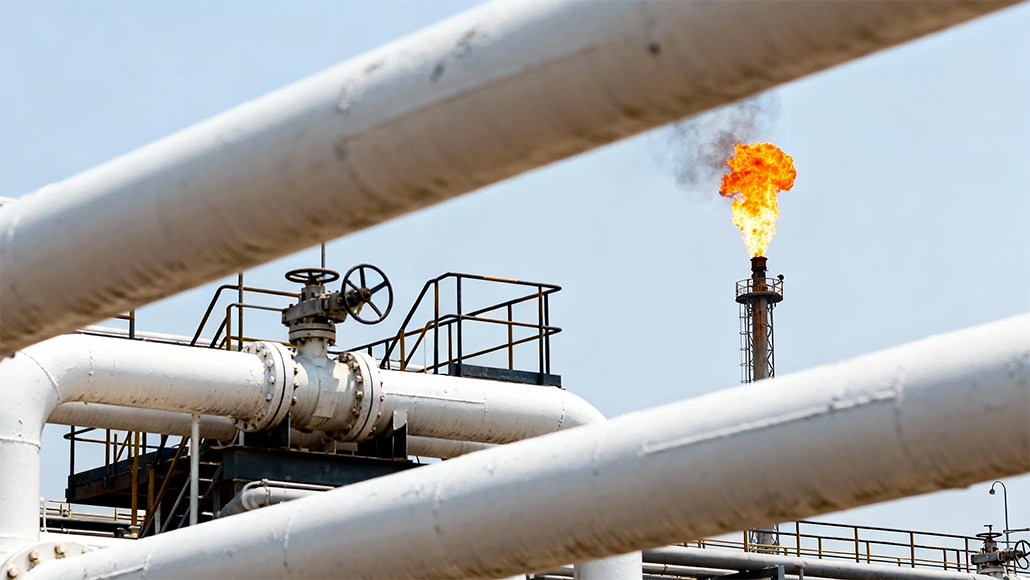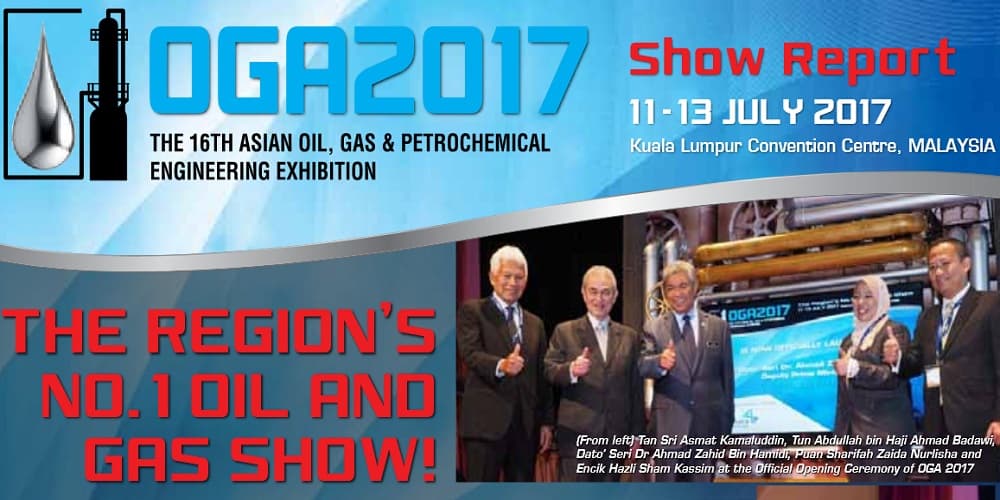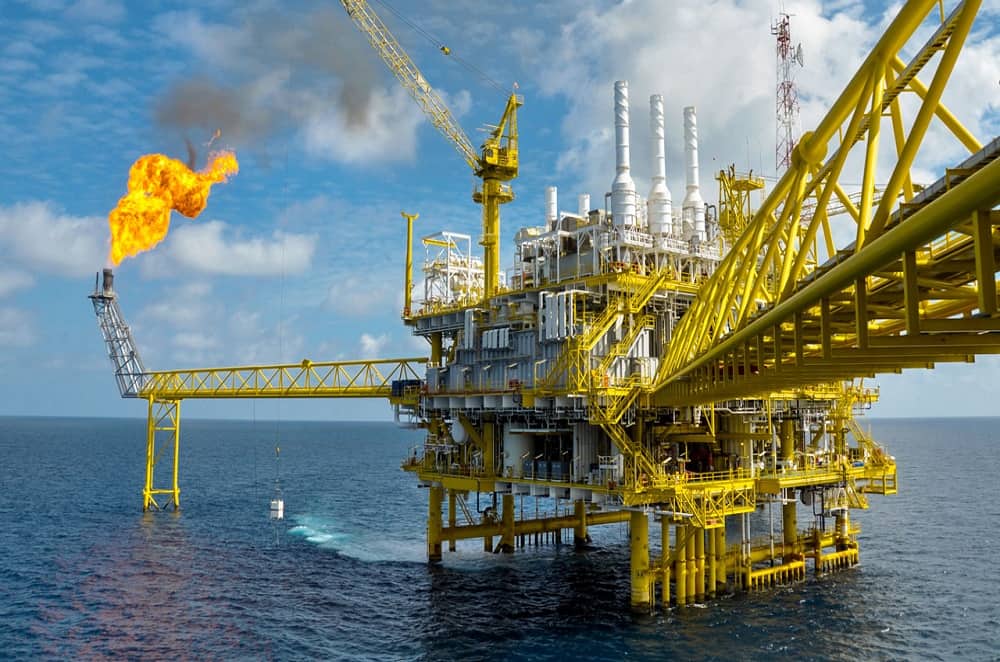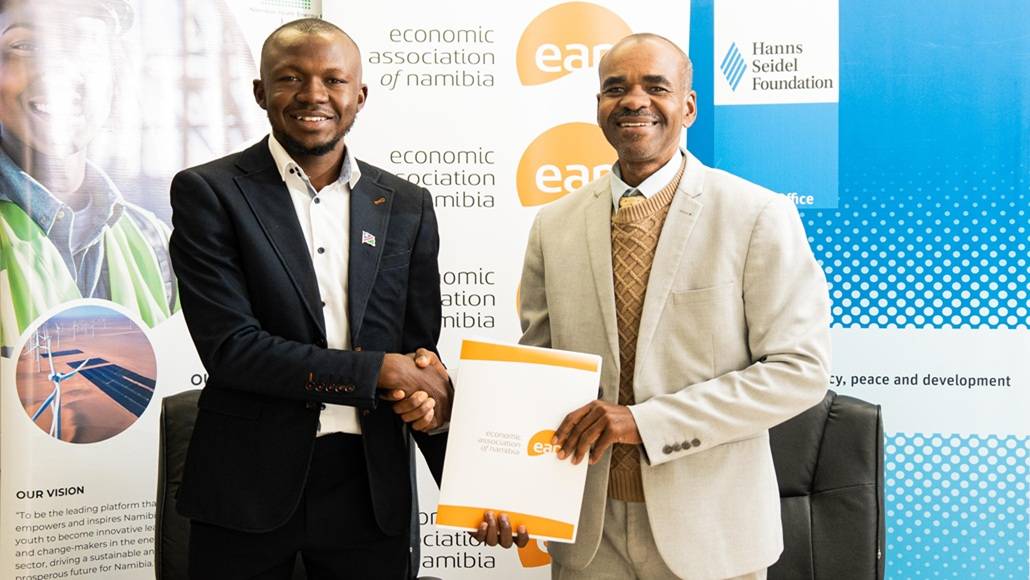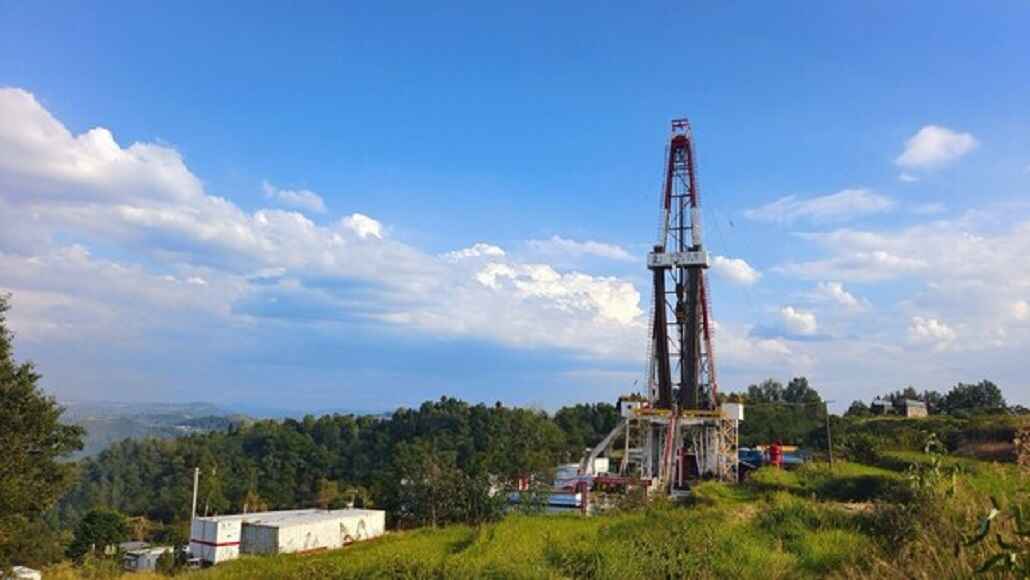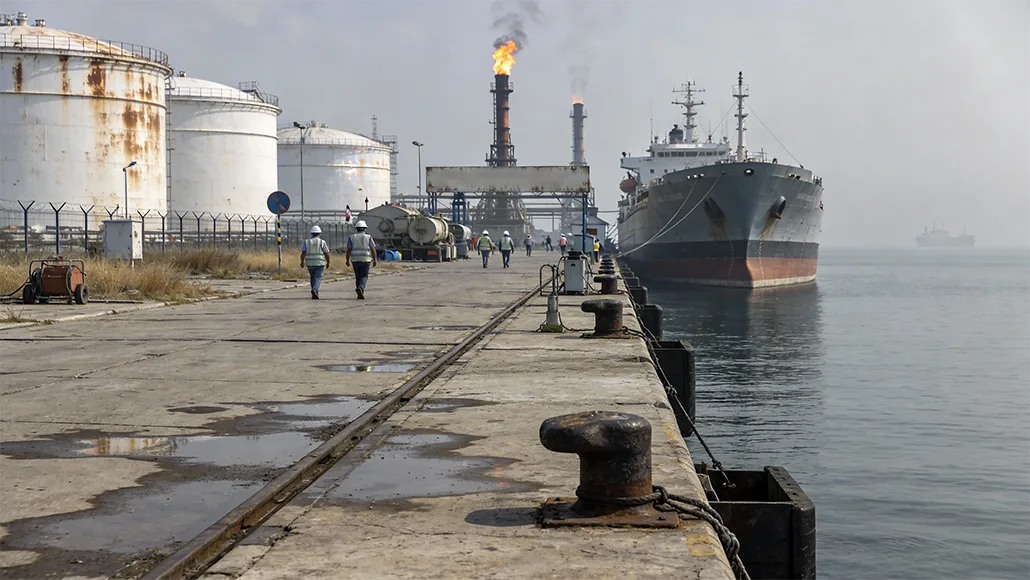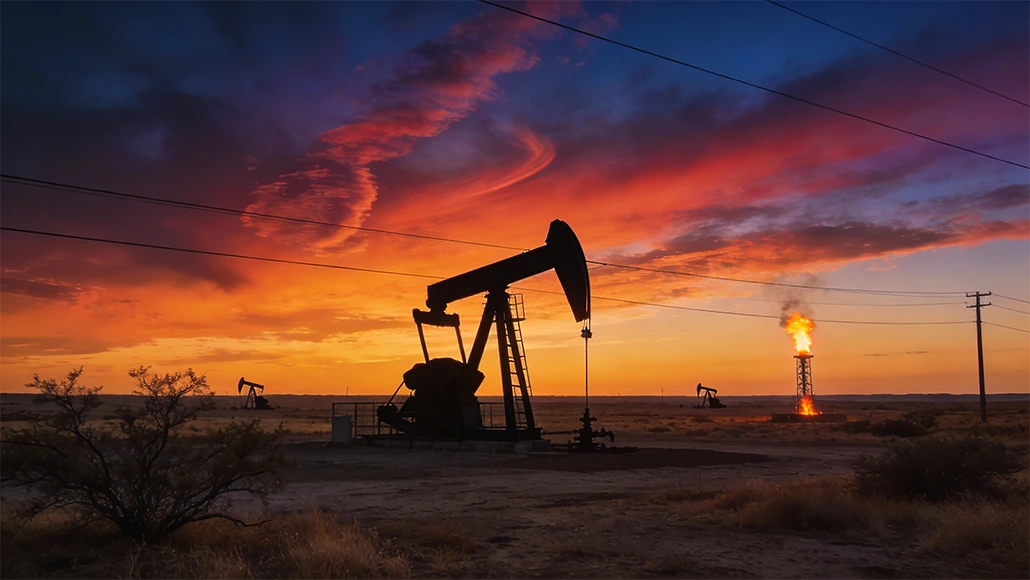Operator LLOG Exploration and partner Repsol went on to confirm that the Leon and Castile fields in the US Gulf have gone on to achieve first oil production.
Apparently, the first oil production was reached in September 2025, as per an LLOG official. It is worth noting that a well from Leon kick-started the hydrocarbon flows.
Interestingly, the companies are very much hoping to start production from a couple more wells by the end of 2025, including the likes of an additional Leon well as well as the first Castile well.
The plans when it comes to the development include fishing off a third Leon well in Q1 of 2026 and another well at the Castile sometime in 2026, as per LLOG.
According to chief executive of LLOG, Phillip LeJeune, the production will continuously ramp up as they go on to add more producing wells from Leon as well as Castile fields.
Leon and Castile are going to flow back to Salamanca, which is a refurbished floating production unit (FPU) located in the US Gulf’s Keathley Canyon region.
Salamanca, apparently, happens to be designed to handle 60,000 barrels every day of oil and 40 million cubic feet, which is equivalent to 1.13 million cubic meters per day of natural gas, LLOG confirms.
However, LLOG and Repsol remarked that Salamanca was indeed the first production hub of its kind to get refurbished and be put back into commerce, which in a way decreased the greenhouse gas emissions by almost 87% as compared to a new build, says Repsol.
It is well to be noted that LLOG, along with its partners, sanctioned the project in 2022.
Repsol happens to hold a 50% interest in Leon as well as 35.62% in Castile, along with a 2.5% stake in Salamanca.
It was OG Oil & Gas who became a partner for the development in 2024 post buying stakes in Beacon Offshore Energy in the fields as well as the FPU.
It was in 2014 that Repsol had drilled a successful discovery well and brought LLOG in as a partner and operator for the field in 2019. In the very same year, the Spanish major also agreed to purchase an interest in Castile, known as Moccasin at that point in time.




